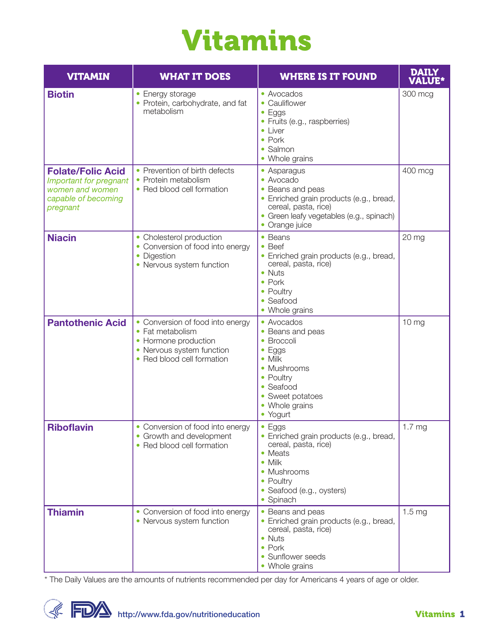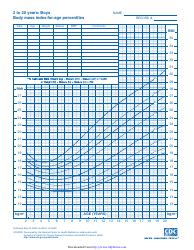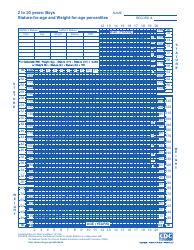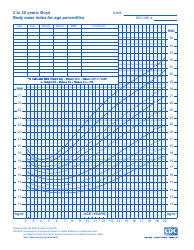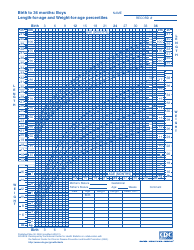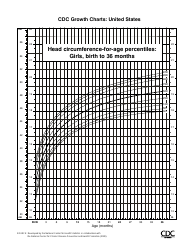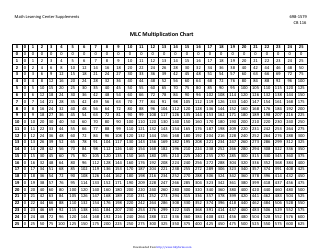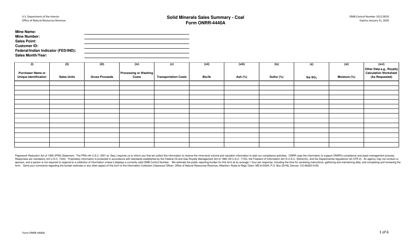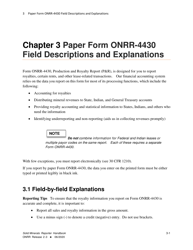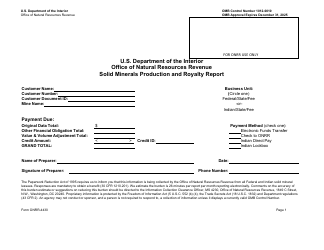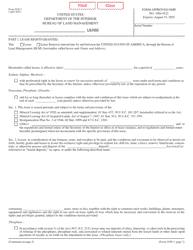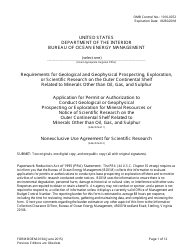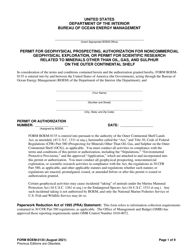Vitamins and Minerals Chart
Vitamins and Minerals Chart is a 5-page legal document that was released by the U.S. Department of Health and Human Services - U.S. Food and Drug Administration and used nation-wide.
FAQ
Q: What is a vitamins and minerals chart?
A: A vitamins and minerals chart is a visual representation of various vitamins and minerals, their sources, recommended daily allowances, and potential health benefits.
Q: Why is a vitamins and minerals chart important?
A: A vitamins and minerals chart is important because it helps individuals understand the different vitamins and minerals they need, their dietary sources, and the role they play in maintaining overall health.
Q: What are some common vitamins and minerals?
A: Some common vitamins include vitamin A, vitamin B, vitamin C, vitamin D, and vitamin E. Some common minerals include calcium, iron, potassium, and zinc.
Q: What are the dietary sources of vitamins and minerals?
A: Vitamins and minerals can be obtained from a variety of food sources. For example, vitamin C can be found in citrus fruits, while calcium can be found in dairy products.
Q: What are the recommended daily allowances for vitamins and minerals?
A: The recommended daily allowances for vitamins and minerals vary depending on factors such as age, sex, and overall health. It is best to consult a healthcare professional or refer to reputable sources for specific recommendations.
Q: What are the potential health benefits of vitamins and minerals?
A: Vitamins and minerals play a crucial role in maintaining various bodily functions and promoting good health. For example, vitamin C helps boost immune function, while calcium supports strong bones and teeth.
Form Details:
- The latest edition currently provided by the U.S. Department of Health and Human Services - U.S. Food and Drug Administration;
- Ready to use and print;
- Easy to customize;
- Compatible with most PDF-viewing applications;
- Fill out the form in our online filing application.
Download a printable version of the form by clicking the link below or browse more legal forms and templates provided by the issuing department.
